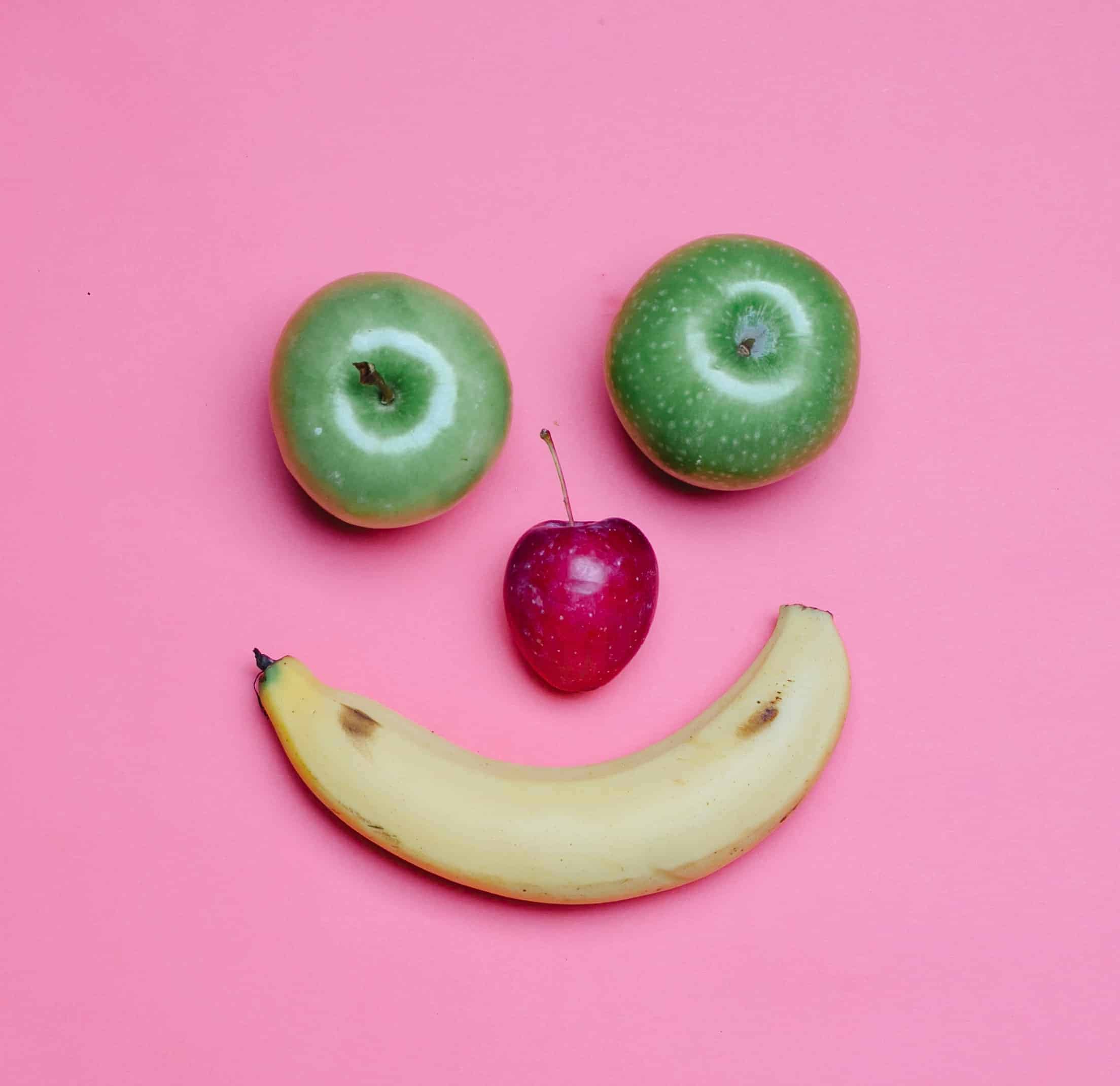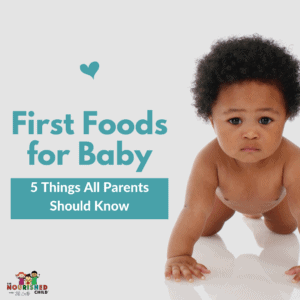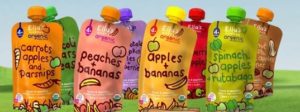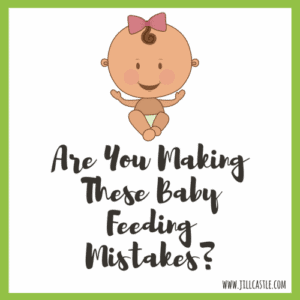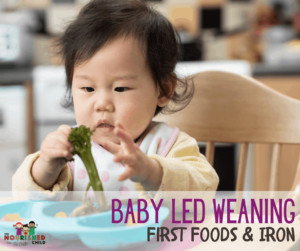Arsenic in Rice Cereal: Not So Nice for Baby
February 8, 2021
Learn about arsenic in rice cereal, why it’s there and what you can do to keep your baby safe.
All four of my children were raised on iron-fortified rice cereal. While they may have had some oatmeal along the way, rice cereal was the staple, at least for a couple of months.
We have a rice cooker, and rice is part of our regular dinner repertoire. And Rice Krispies are a favorite.
I have to admit, I felt a little panicky when I read the latest reports about arsenic in rice cereal.
If you haven’t heard, rice and rice products have come under fire (again) for their arsenic content.
Baby rice cereal, ready-to-eat cereals, rice milk, and gluten-free products made from rice — all common foods consumed by children.
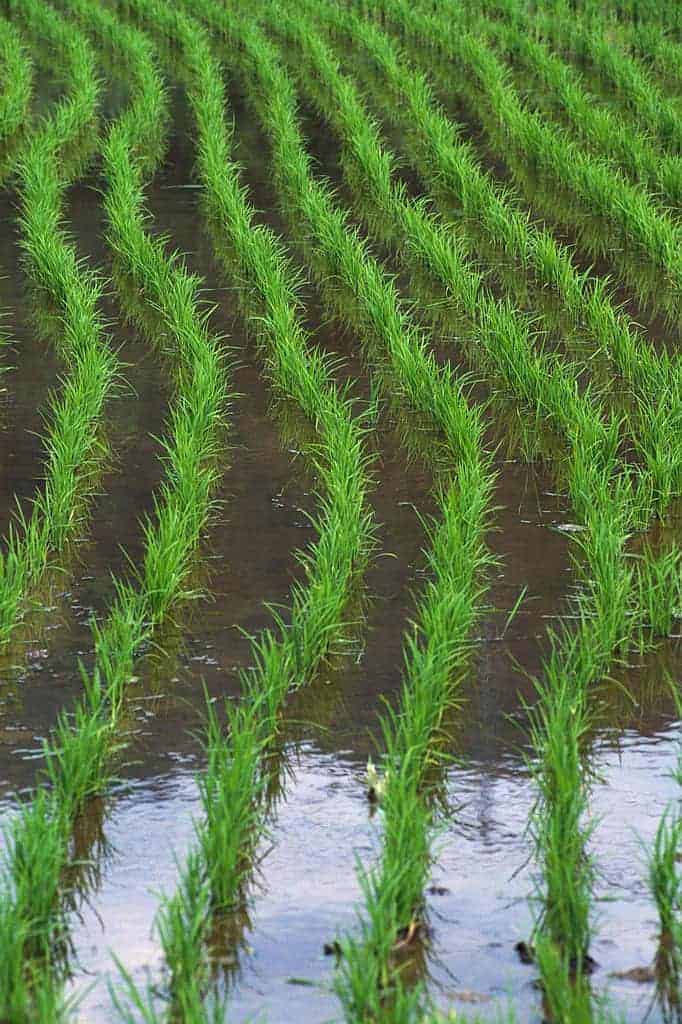
What is Arsenic?
Arsenic is a semi-metallic chemical found in water, soil and some foods. It comes in two forms: organic and inorganic.
Organic arsenic is the lesser of the two evils in terms of toxicity, with inorganic arsenic being the ‘bad guy.’ Total arsenic (both organic and inorganic arsenic) levels are something to watch for, too.
Inorganic arsenic is a human carcinogen, linked to the development of lung, bladder and skin cancers, as well as other medical conditions.
There are also studies that link it to lower IQ scores and reduced long-term memory in children.
The standard limit of arsenic in drinking water is 10 ppb (parts per billion). The limit for arsenic in baby rice cereal, set by the FDA, is 100 ppb.
How Does Arsenic Get into Rice?
Arsenic is found in soil and water and is absorbed by plants through their root system. You can find levels of arsenic in fruits, vegetables, and rice. Low levels, especially of organic arsenic, have been regarded as safe.
Rice, however, may be an exception to this belief. Grown in water-flooded conditions, rice is more receptive and apt to absorb arsenic into its roots.
Also, for decades, arsenic-containing insecticides were used to control pests from destroying crops. Animal feed still contains arsenic to prevent disease and promote growth, and fertilizer made from animal waste can contain inorganic arsenic and contaminate crop soil.
In the South, where the majority of our nation’s rice is sourced (76%), cotton farmers used arsenic-containing pesticides decades ago, and we are left with higher than usual soil levels there today.
All told, arsenic gets into the soil in various ways.
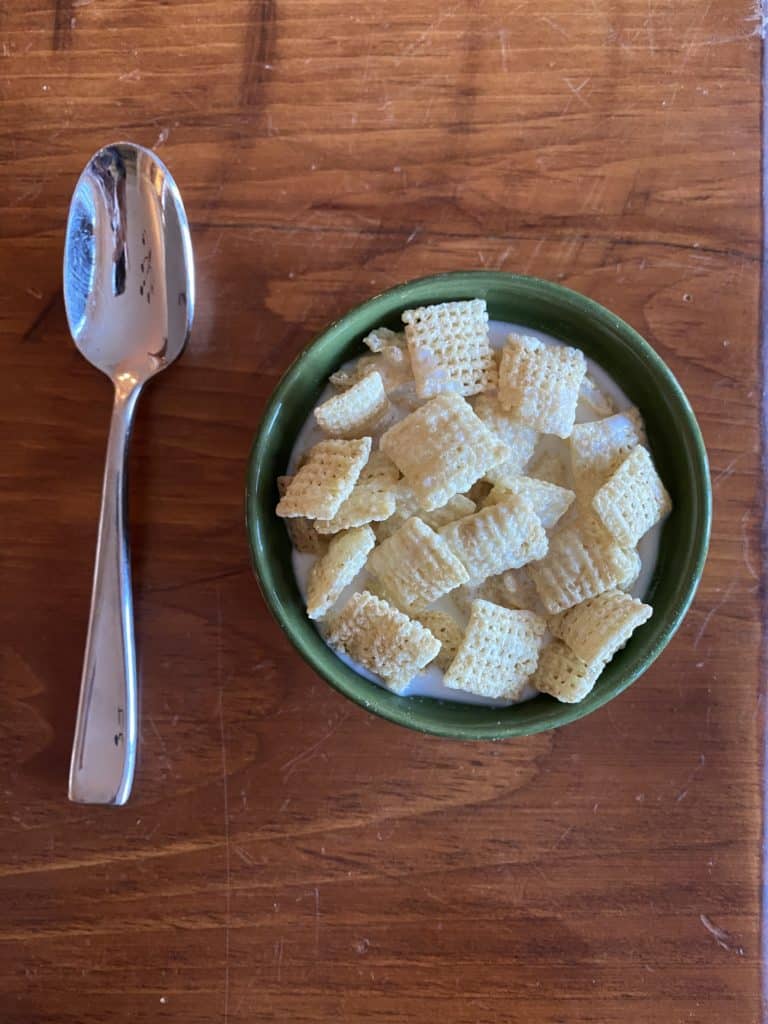
About Arsenic in Baby Rice Cereal
Consumer Reports recently reported arsenic levels in a variety of rice products. They reviewed a sweeping variety (223, in fact), including baby cereals, ready-to-eat cereals, rice milk, rice cakes and crackers and gluten-free products made with rice, and looked at the content of arsenic in these products.
They also made sure to look at store brands, popular brands, organic and conventional products.
I’ve summarized the findings of their report here:
There were measurable levels of total arsenic (both organic and inorganic) “in almost every product category.”
White rice grown in the states of Arkansas, Louisiana, Missouri and Texas had the highest levels of total arsenic and inorganic arsenic compared to other states.
Brown rice had higher levels of total and inorganic arsenic than white rice. Processing white rice (stripping the outer bran layer and hull of brown rice) strips away some of the arsenic, making content potentially lower.
Rice eaters who ate one serving of rice in the past 24 hours had 44% higher total arsenic levels (in urine) than non-rice eaters; those who ate two servings had 70% higher levels.
Ethnic groups who consume a rice-based diet (Mexicans, Hispanics and Asians) were more affected.
You can read their report here.
Upon their recommendations to minimize arsenic consumption, the Food and Drug Administration (FDA) set limits on acceptable levels of arsenic in rice cereal for babies.
Consumer Reports Recommends:
- Babies: Eat no more than 1 serving of infant rice cereal per day on average.
- Include and rotate infant cereals made of wheat, oatmeal, or corn grits (low levels of arsenic).
- Children under the age of 5: Avoid rice drinks as part of a daily diet (high levels of arsenic per serving). Note: children under 4½ years are advised against having rice milk because of arsenic concerns in the UK.
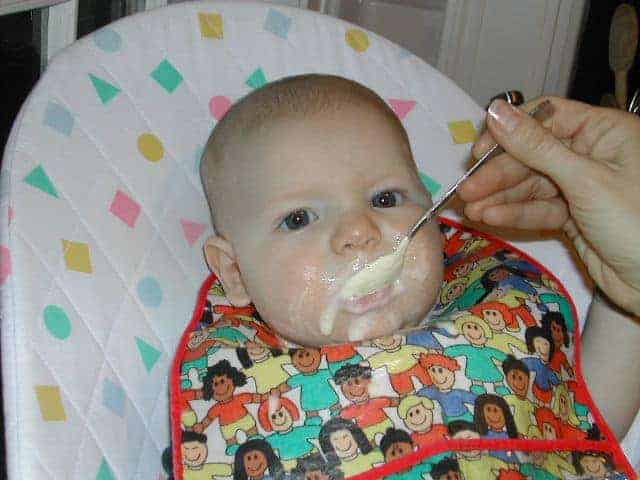
What Can Be Done to Lower Arsenic?
As reported in Consumer Reports, there are methods to reduce arsenic in soil, such as modification of agricultural practices, steps in processing rice to eradicate arsenic, and the development of arsenic-resistant strains of rice.
What Parents Can Do
I think reports like this make us stop and think—and that’s a good thing. The evidence is still coming out, so stayed tuned and make a decision based on evidence, not fear.
While you don’t have to eat rice or rice products or feed them to your kids to be healthy, you also don’t have to eliminate them, if you don’t want to.
These recommendations may leave you unsure or not knowing what to do.
Here are a few more things to think through while you are making decisions about rice:
How to Avoid Arsenic in Breastfed Babies
Infants who are breastfed rely on a good source of iron to prevent anemia, and for many babies this has been iron-fortified rice cereal. Make sure to choose a variety of other grains with iron fortification to meet nutritional needs.
Pureed meat as a first food can help your breastfed baby get adequate iron.
How to Avoid Arsenic in Formula-Fed Babies
Babies who drink iron-fortified infant formula will likely get enough iron.
Variety, variety, variety! It’s a powerful tactic for maximizing exposure to healthy and optimal nutrients, while minimizing exposure to arsenic for all babies, no matter their nutrition source.
For Children Under 5 years
If kids are allergic to milk and/or soy, and consume rice milk as a primary dairy source, they will need to consider another non-dairy source if following the Consumer Reports’ recommendations.
Check with your pediatrician and/or pediatric dietitian first.
Also, watch food products that are made with rice, such as cereal, crackers and chips, and scale back if possible.
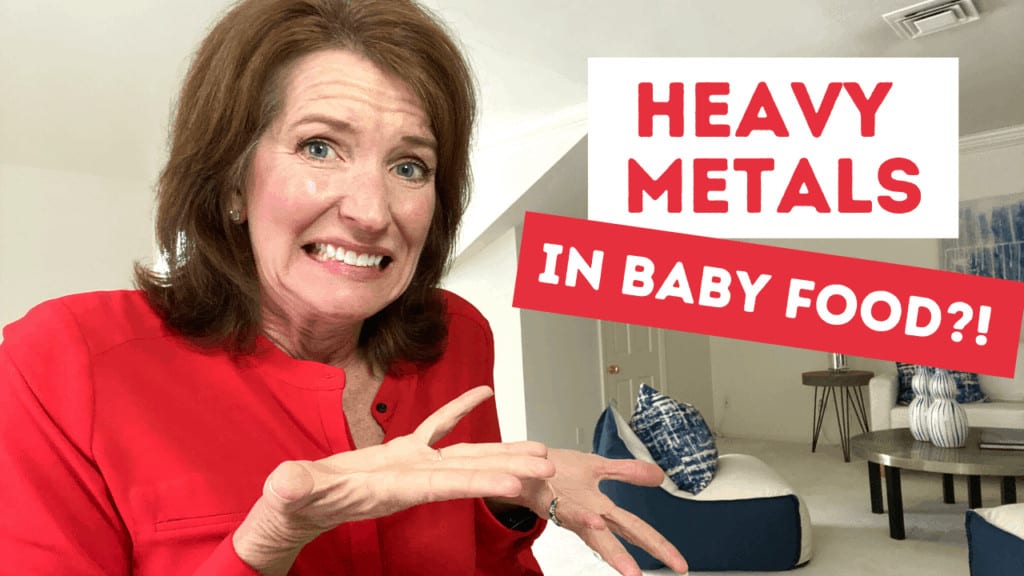
Learn more about heavy metals in baby food in this video.
Heavy Metal Toxins in Baby Food
A recent report indicated that several of the major baby food companies produce jars, pouches, snacks, juices, cereals and formulas contaminated with arsenic, lead, mercury and cadmium.
Read more about toxins in baby food so you can make informed decisions for your baby.
Also, my book, The Smart Mom’s Guide to Starting Solids, will help you navigate all these food and feeding decisions in the first year. Another good read: The Ultimate Guide to Baby Nutrition in the First Year.
What do you think about this news?
This article was originally published in 2012 | Updated in February 2021.


